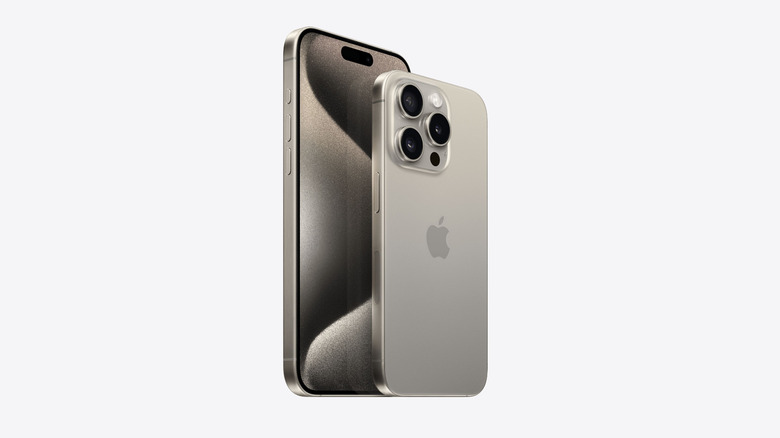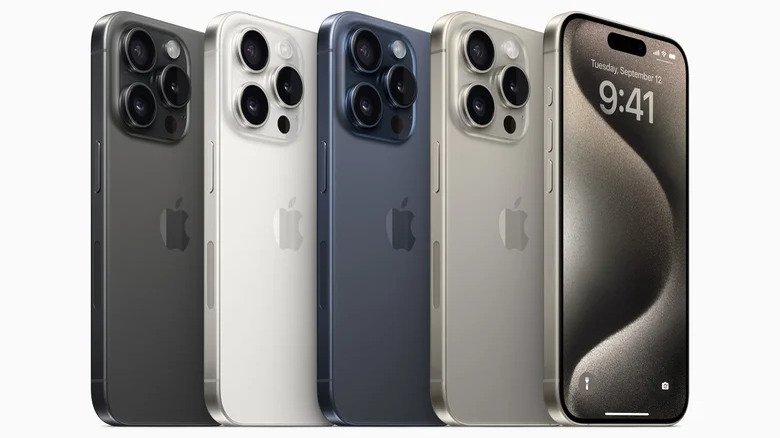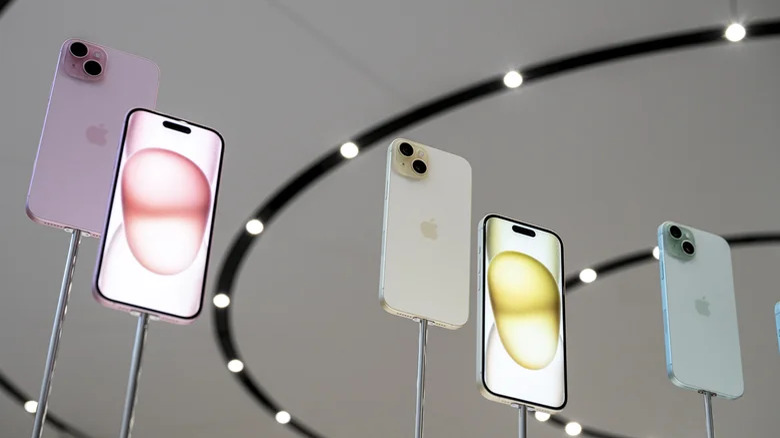Apple Goes Back To Basics To Deliver On iPhone 15 Battery Life
Over the last few years, iPhone upgrades have become more convoluted. Since 2022, especially, Apple has limited significant upgrades to its Pro models, while the regular iPhone has picked up the slack from previous years. A similar trend continues with the iPhone 15, which just became available for pre-booking.
You now get Dynamic Island, the all-new Action button, and USB-C as standard features across all iPhone 15 models. On the other hand, fast data transfer across the new port, the A17 Pro chip, and 120Hz ProMotion displays remain limited to the iPhone 15 Pro and the Pro Max — the new 5x periscope telephoto only comes to the Pro Max. Although Apple spoke at length about these improvements, it didn't sweat over improvement in the iPhone's battery life.
We now know, courtesy of MySmartPrice, that the iPhone 15 and the iPhone 15 Pro smartphones receive measly upgrades over the iPhone 14 series. The publication has retrieved information about the batteries that power the iPhone 15 devices. This information is sourced from Chinese regulatory filings and gives us a precise look at the marginal improvements over the iPhone 14.
Underwhelming battery upgrades
Based on the information sourced by MySmartPrice, here are the specific energy values of batteries on all iPhone 15 models:
-
iPhone 15: 3,349 mAh up from 3,279mAh on the iPhone 14
-
iPhone 15 Plus: 4,383 mAh up from 4,325mAh on the iPhone 14 Plus
-
iPhone 15 Pro: 3,274 mAh up from 3,200mAh on the iPhone 14 Pro
-
iPhone 15 Pro Max: 4,422 mAh up from 4,323mAh on the iPhone 14 Pro Max
The biggest upgrade among all four models is on the iPhone 15 Pro Max, although the actual increment over the iPhone 14 Pro Max's battery is only about 2%. Likewise, other models get lackluster upgrades over their counterparts from last year.
Ambiguity over charging speeds
As for the charging speeds supported on each model, we still lack clarity. This is because Apple prioritized cohesive experiences and has never been the kind to delve into specifications unless they help its narrative. Therefore, we are at the mercy of independent testers and enthusiasts to poke around and find out a lot of details, especially charging speeds.
With Apple's delayed but ultimate adoption of USB Type-C, we expect charging speeds to improve, although only slightly. The iPhone 15 Pro, which gets the faster USB 3 port, might get slightly faster charging (in line with the iPad Air M1 with the same port). Meanwhile, the iPhone 15 and 15 Plus models might support slightly slower charging owing to the older USB 2.0 standard supported on their USB-C port (just like the 10th Gen iPad). We hope to learn more in the near future while reviewing the devices ourselves or by discovering details from our peers.
If the minor boost in battery capacities seems unexciting, Apple tries to placate you by claiming that these batteries use 100% recycled cobalt and are, therefore, better for the environment.


